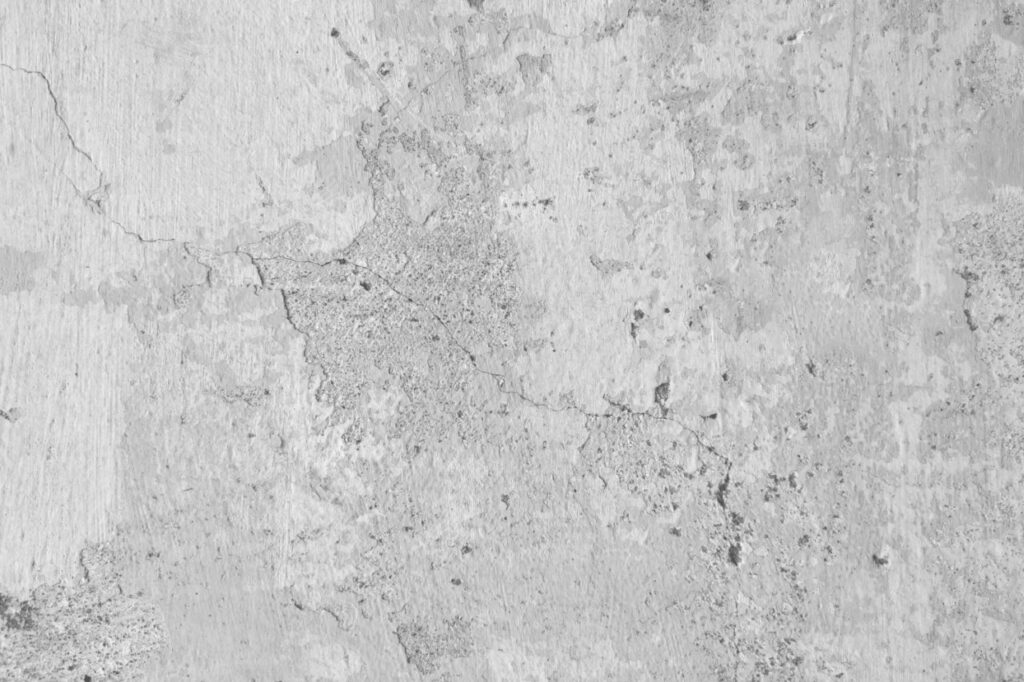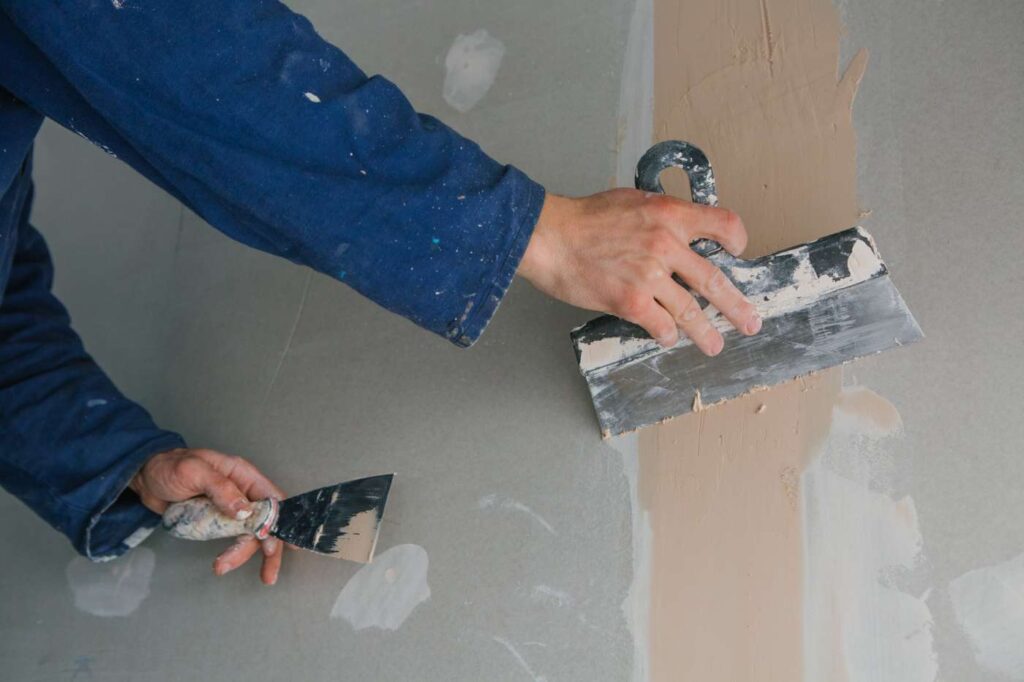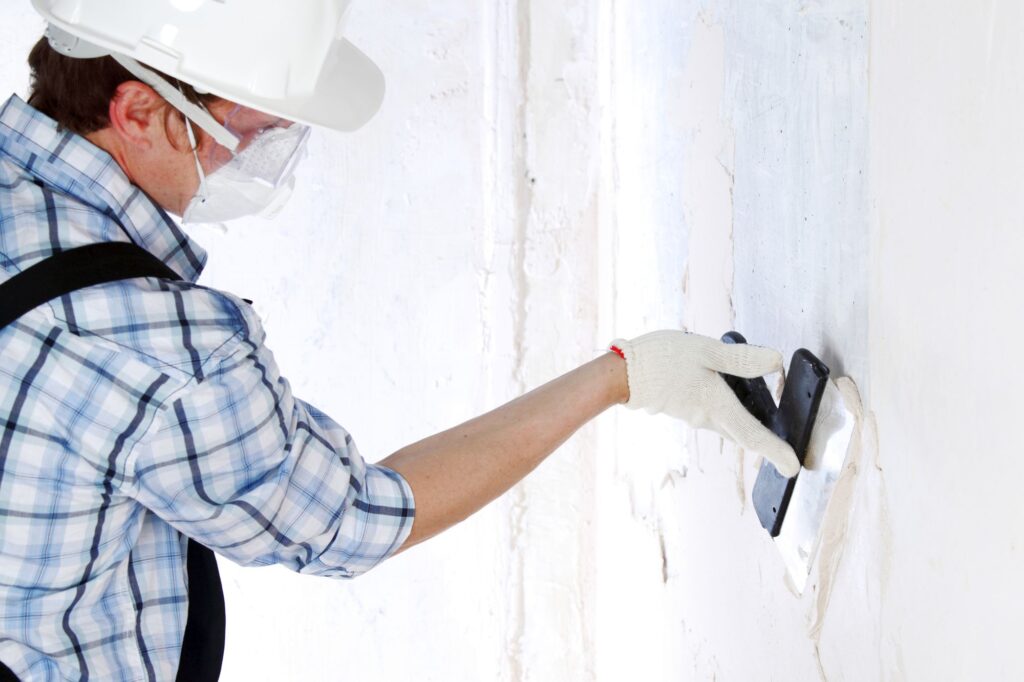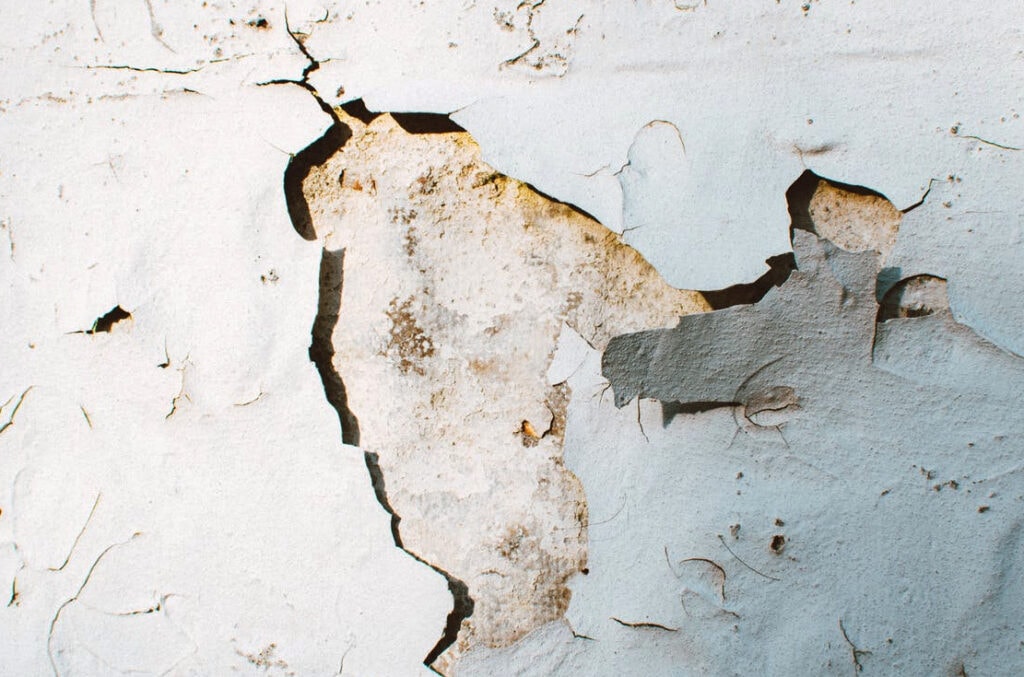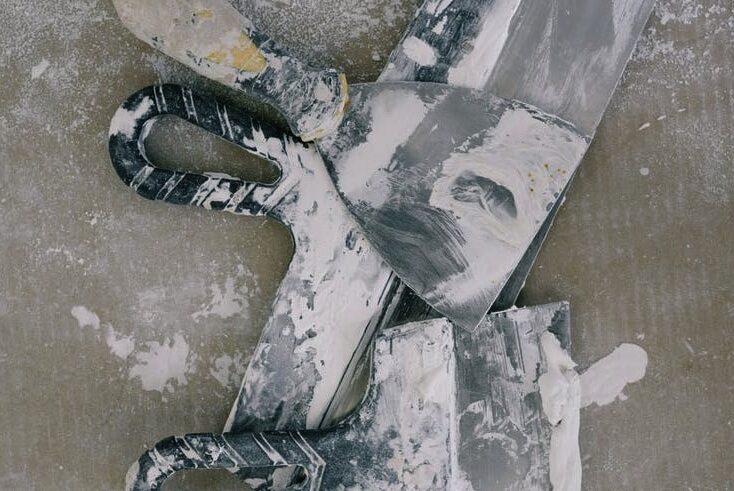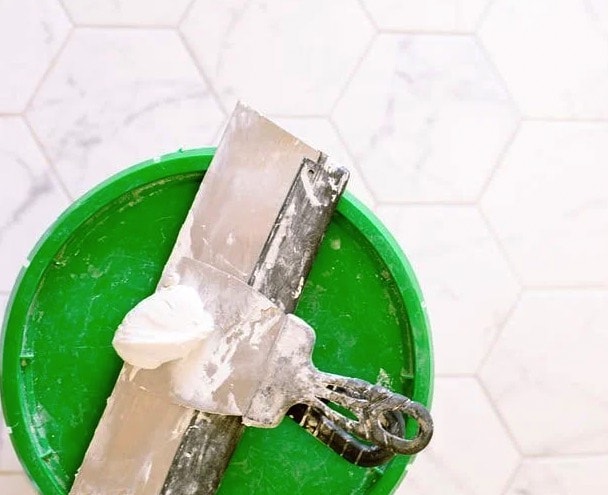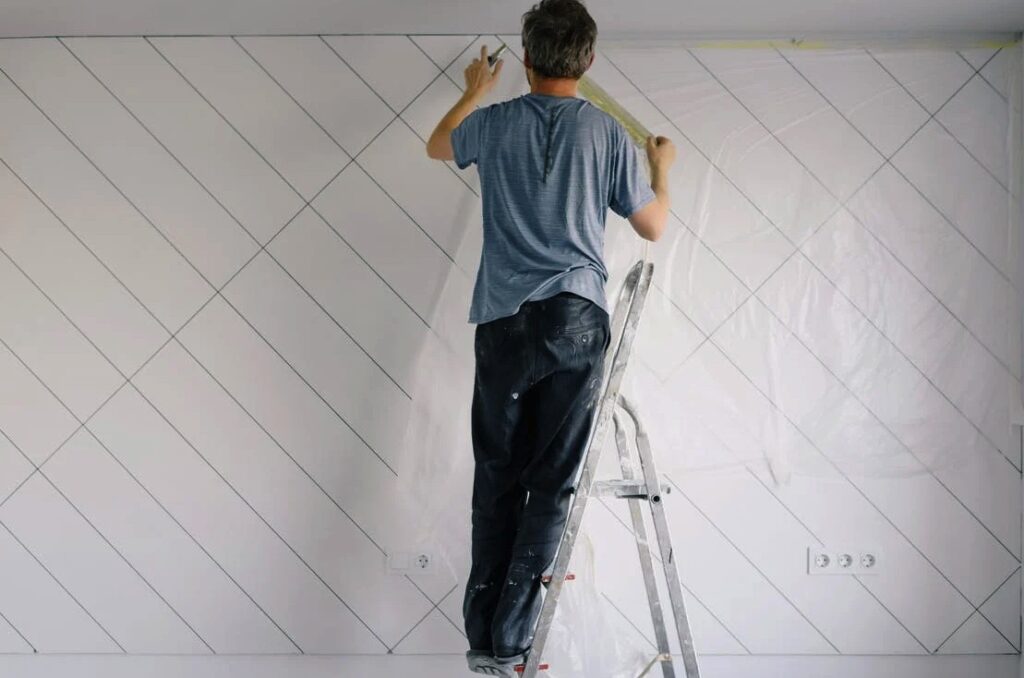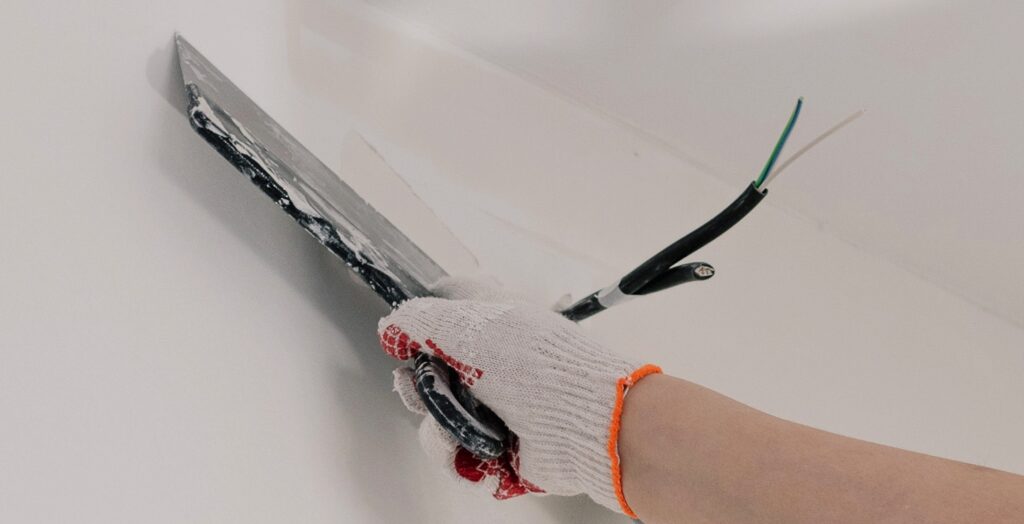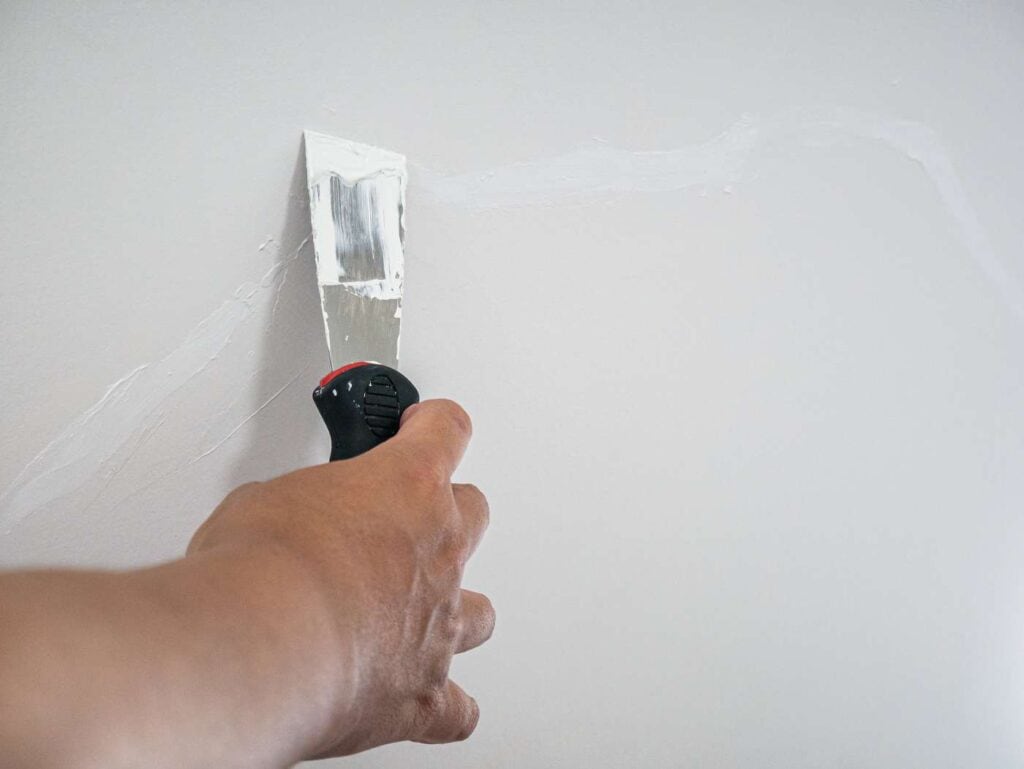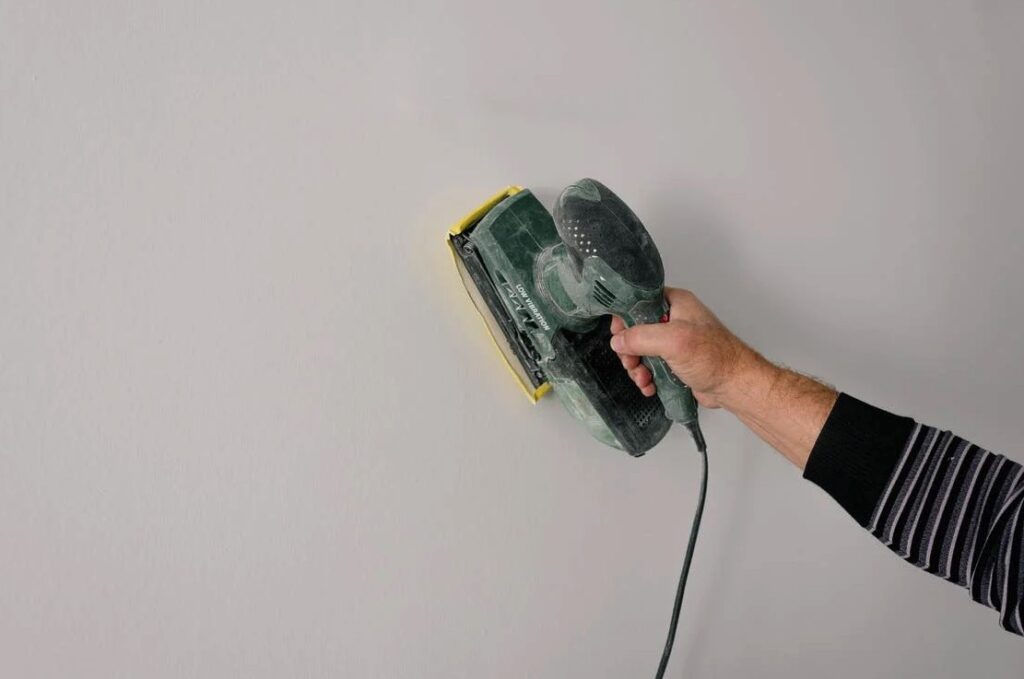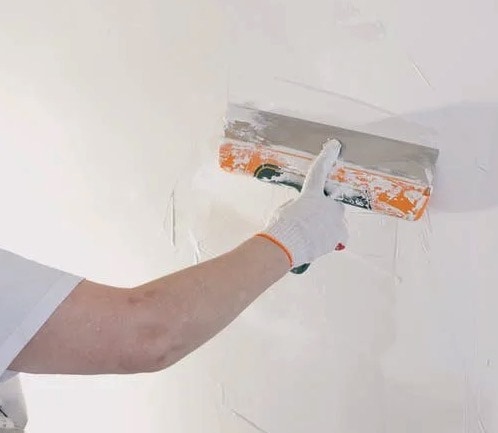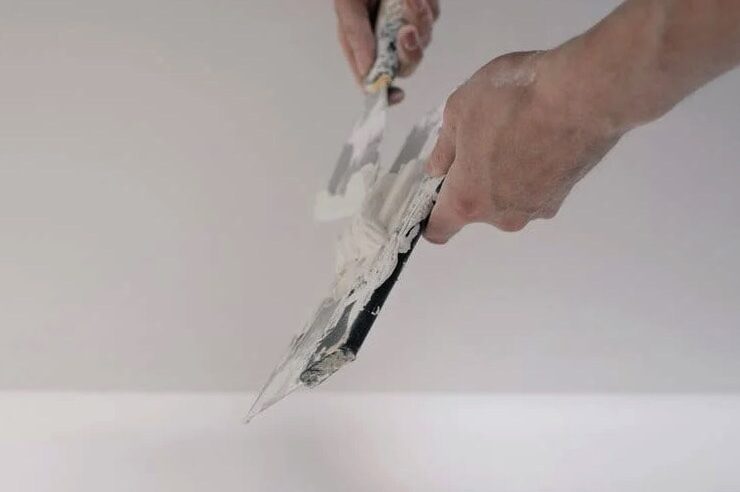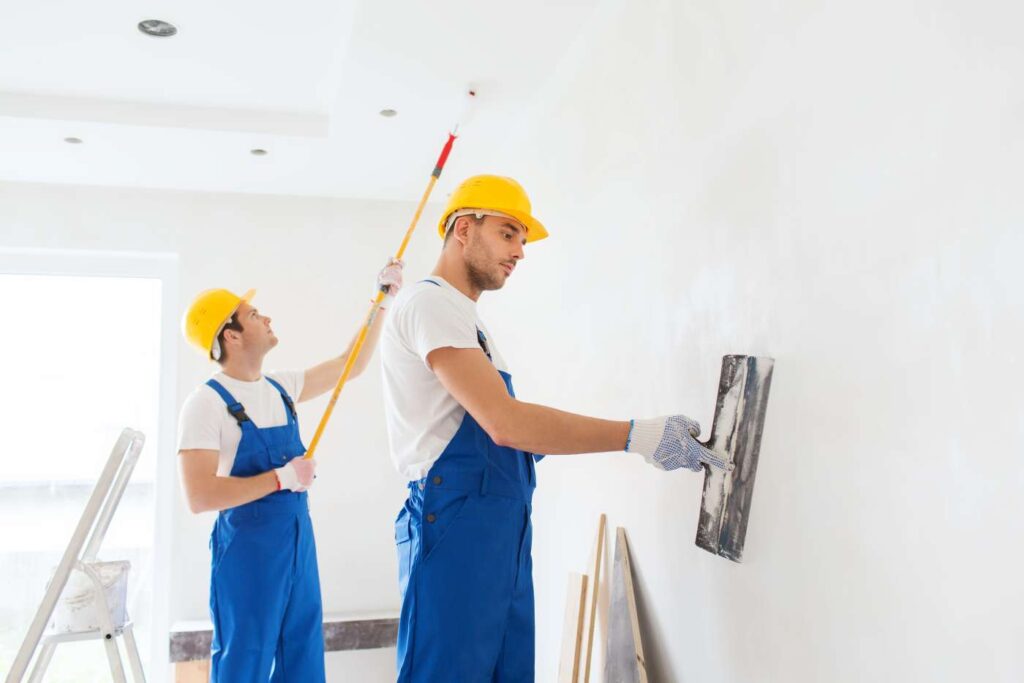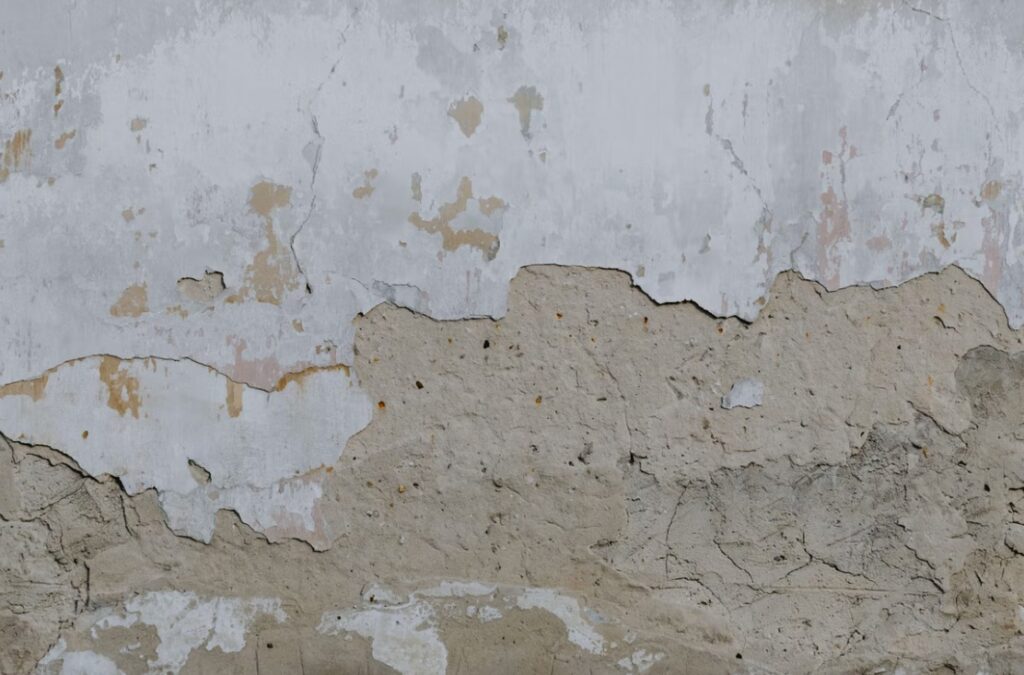Finding a reliable plasterer is difficult under normal circumstances, so finding one now may seem impossible. Here are some ways to increase your chances of finding a reliable service provider.
A skilled plasterer is in high demand and can command a high wage. Plaster is one of the construction materials hardest hit by the shortage, and the lack of skilled tradespeople is a result of the increased demand for services brought on by the pandemic and the exodus of European Union citizens that followed Brexit.
This means you might have to wait up to two months to find a plasterer who can start working on your project right away. However, while time is of the essence in hiring a plasterer so as not to delay your project, you still want to find someone who can do a good job.
Not only will these pointers help you locate a plasterer, but they will also give you a benchmark against which to judge the quality of the work that is done on your walls.
How to Find a Reliable Plasterer
The availability of plasterers is unprecedented. You may have seen trucks advertising larger companies; however, they may not be interested in working on single-family homes, or if they were, their rates likely wouldn't be competitive due to high operating costs.
If you need a good plasterer for your project, the best way to find one is to ask the other contractors you've worked with. You'll have plenty of time to do your research because plastering is one of the trades that is needed later in the process.
The names of local tradespeople can also be found on various online resources. Also helpful is getting referrals from other DIYers; this will allow you to view the contractor's past work and make an informed decision.
How Does Good Plastering Appear?
These are some things to keep an eye out for when evaluating the quality of plastering, whether you're inspecting your plasterer's past work or trying to decide if they did a good job on your current project.
- Keep an eye out for trowel lines or rough spots in the wall. Even though a skilled decorator will have smoothed out the bumps in the wall, a careful observer will still be able to spot them in bright light.
- Keep an eye out for bumps in the drywall, which are more likely to appear in areas where the boards were not skimmed before the gaps were taped and filled.
- Keep an eye out for major crazing or splitting.
- If there are cracks where the walls meet the ceiling, it could be because the seams weren't taped correctly. In this case, a mesh scrim tape is preferable over a paper-based tape.
- Keep an eye out the day before skimming begins, as that is when the labourers may have been sent in to seal all the cracks and crevices with tape. Tape or netting that has come loose from the boards should be avoided. A plasterer in a hurry can easily peel it away and throw it away.
- Fresh, undecorated plaster can be felt for its smoothness by rubbing the back of your palm across it. Don't decorate with your hands because you might end up depositing grease.
How Much Does a Good Plasterer Cost?
Location, job size, project complexity, and the plasterer's level of expertise can all affect the price you pay for quality plastering in Australia. A plasterer can cost anywhere from $20 to $90 per square metre in Australia. However, materials like plasterboard, adhesives, and finishing goods may not be factored into this estimate.
A more precise price can be obtained by requesting bids from multiple local plasterers. Make sure the plasterer you hire is properly licenced and insured before beginning any work. You can gauge a plasterer's experience and skill by asking for references and seeing examples of their earlier work.
Although opting for the less expensive option could save you money in the short term, it might not be the best long-term answer. Hiring a plasterer with a solid name can help you save money in the long run by reducing the frequency with which you'll need to make repairs or replace damaged areas.
What Should You Give a Plasterer?
While some plasterers and renderers may bring their own sand and cement mixers, the majority will anticipate to use the one already there.
Plasterers and dry wallers often use a hand-held power drill fitted with a mixer attachment to thoroughly combine their ingredients in their own trugs or buckets. Both indoor and outdoor scaffolding may be required, and a plasterer will always require a platform of some kind, upon which to place his or her own spot boards.
They will need drywall fasteners, scrim and paper tape, plasterboard, and any beading or stops for both interior and exterior applications, in addition to the bagged plastering materials.
What is the Job of a Plasterer?
The word "plasterer" is used to describe a wide range of occupations that have recently become increasingly specialised. The time spent learning about these specialised professions is time well spent.
Plasterers of old were responsible for giving buildings their final, liveable appearance by applying a smooth or textured finish to their interior and exterior surfaces. This is still done to a certain degree, though 'hard plastering' is becoming increasingly unpopular for use within structures.
To apply internal hard plaster, first a layer of sand and cement render or proprietary foundation plaster is applied to the wall, and then a second layer of smooth finishing plaster is applied on top.
Those who advocate for it say that it makes the walls feel and look more substantial. In addition, it arguably provides better airtightness, which is becoming more and more essential when constructing new houses. This is a highly specialised task that requires careful attention to detail.
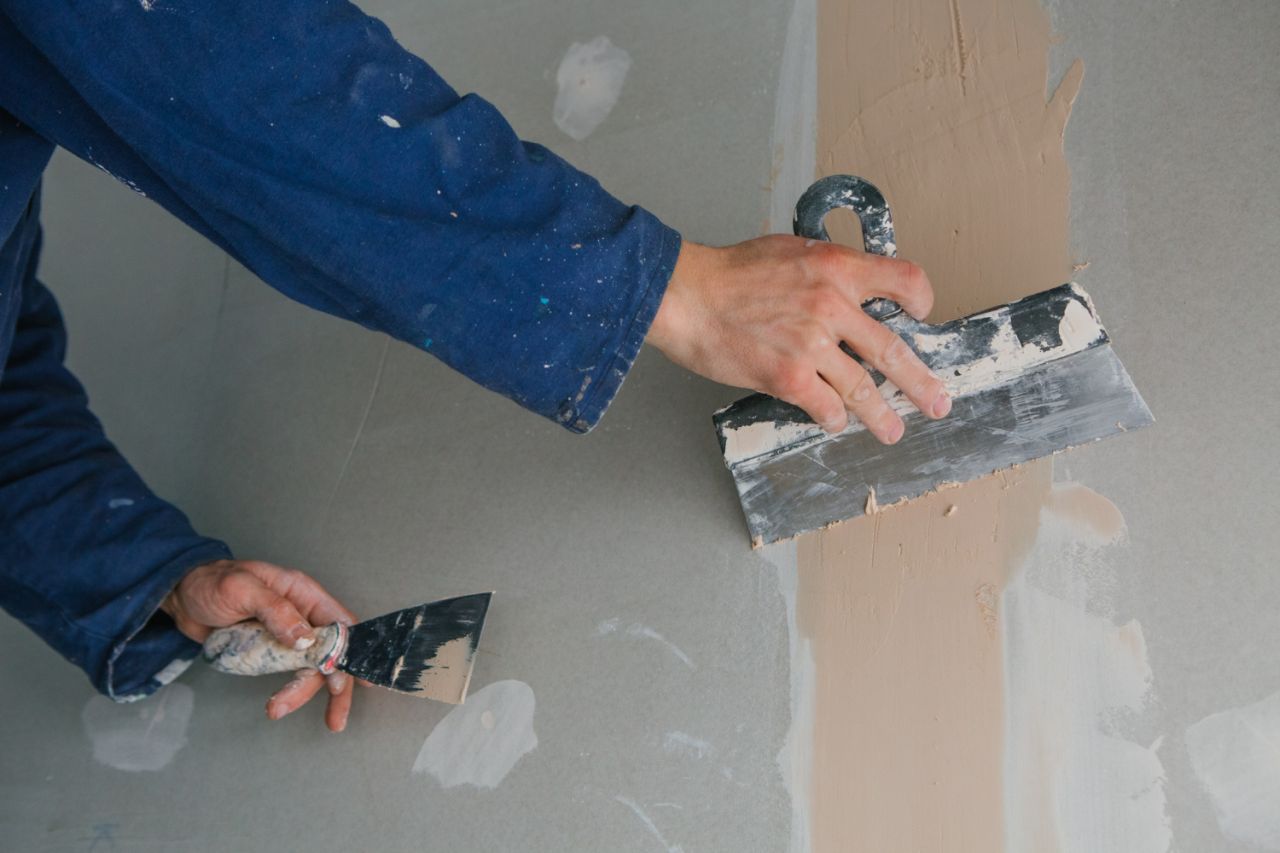
Plastering requires excellent timing judgement on the part of the worker. When the substrate dries out from behind the final plaster, it cracks. If you wait too long, the coating will lose its grip and peel away from the base.
Rendering, also known as exterior plastering, is typically done with sand and cement and follows the two-coat concept. In most cases, a specialised business will handle the implementation of a unique product.
Dry lining is a related craft that developed because hard plaster is incompatible with timber frame construction. Plasterboard sheets are fastened to the wall studs and afterwards skim coated with finishing plaster or taped at the joints. Then, plaster or joint glue is used to make everything look nice and even again.
Because there aren't any walls in a stone building, dry lining presents a few unique challenges. Battening was used by many architects to transport boards at the outset, but this method was time-consuming and required the expertise of more than one carpenter. Therefore, the current method of securing the boards with a glue, commonly referred to as "dot and dab," quickly emerged.
It is possible for dry lines and tackers to operate independently or as a team. Boards are'slapped' onto stone walls after being cut to size and a batch of adhesive is mixed. The boards on stud work walls will be cut to size and then attached to the vertical timber bolts.
In most cases, the plasterer, not the tacker, would be responsible for finalising the boards. However, once the boards are in place, dry liners may be in charge of taping and completing them.
Nowadays, instead of nails or clouts, drywall fasteners are used to keep the boards together and stop them from "popping" in the future.
7 Useful Tips for Hiring a Good Plasterer
Request recommendations from friends and family.
One of the best ways to discover a reliable plasterer is to ask around through your personal network. If you need a recommendation, talk to people you know, like, and trust. It's likely that more than one person you know has employed a plasterer to do work on their home.
Inquire in Your Local Online Community Groups.
If no one you know has any recommendations for local plasterers, you could enquire in a local online community forum. Locals can discover and share advice about the area through active neighbourhood groups on social media platforms like Facebook. In order to get the best recommendations for a plasterer, you should put out a call for help and be as specific as possible about the work you need done.
Make an Effort To Learn the Fundamentals
Knowing the fundamentals of the expert's field and your own needs will make communicating with them much simpler. Before you contact local plasterers, it's a good idea to do some background study on the job you're asking them to do. You can learn a lot about plastering from Google, how-to books, and DIY discussion boards. That way, you can come prepared with enquiries to ask the potential new hire in the trade. If you're interested in learning more, check out some of our posts on painting.
Determine How They Will Complete the Task
You need to know exactly what it is you're paying your plasterers to do once you've narrowed down your inventory of potential candidates. So, before you hire anyone, make absolutely sure they thoroughly describe their strategy for plastering, including the methods they'll use for prepping the area and the end results they anticipate. Plastering requires extensive preparation, so you should have faith that they will give it their all.
Look for a Plasterer Who Has a Lot of Specific Experience
Plasterers, like most other tradespeople, tend to focus on specific kinds of plastering work, though they may be capable of performing a broader variety of tasks.
It's best to find a plasterer who specialises in tasks like the one you have.
It is important to hire the right plasterer for the task, as some can only skim or render. Never be shy about requesting proof of a tradesperson's credentials, especially in specialised fields like plastering.
A trustworthy plasterer will gladly show you their certificates and diplomas from respected organisations like the City & Guilds at levels 1, 2, and 3, or the National Vocational Qualifications in Plastering (NVQ) at levels 1, 2, and 3, or the State Vocational Qualifications in Plastering (SVQ) at level 3.
It's more evidence that they enjoy what they do. But expertise is the primary thing to look for in a plasterer, so hire someone with some years under their belt and the assurance to handle any surprises that may occur.
Examine plasterer ratings and reviews
Finding a reliable plasterer can be aided by reading reviews from satisfied customers who can attest to the plasterer's demeanour, expertise, sanitation, speed, and responsiveness. If you're having them come in for a major plastering project, they could be there for several days.
You should look for a plasterer who is both personable and competent; one who will leave your home as neat as they found it upon completion.
Compare Plasterer Quotes
It takes time and study to find a good plasterer. Getting detailed quotes from multiple plastering businesses and then comparing them is a good starting point.
To start, look into the local plastering industry and make a selection of potential providers. You can ask around, do some research online, or peruse phone books for suggestions.
The next step is to send out thorough quote requests to each of the businesses on your shortlist. All fees, including labour and supplies, should be itemised in the estimate.
When you finally have the quotes, take the time to compare them. Compare the material costs, labour rates, and the extent of the task to make sure there aren't any disparities. If you need clarification from the plasterer, don't be shy about asking.
When choosing a plasterer, cost shouldn't be your only consideration. Verify their level of expertise by reading reviews and feedback left by their former clients. Inquire about references and examples of previous work.
Check the plasterer's credentials, including licencing and insurance, before hiring them. This will shield you from any financial or legal liabilities that may crop up as the project progresses.
Don't be afraid to haggle over pricing or scope of work after you've found a plasterer you like. You can also enquire about possible price reductions or installment programmes.
You can save time and money by hiring the right plasterer for the job by following these tips.
Conclusion
Plasterers are in short supply because the pandemic has caused many EU citizens to flee the continent. Finding a competent professional increases the likelihood that you'll find a trustworthy service provider.
If you want to hire a trustworthy plasterer, it's best to ask for recommendations from other contractors you've worked with and give yourself plenty of time to investigate your options.
One of the construction materials hardest hit by the shortage is plaster, and at the same time there is a historic abundance of plasterers. You should ask around among the other contractors you've dealt with and give yourself plenty of time to find a reliable plasterer.
The most pivotal information in this text concerns the criteria by which Australian plastering quality can be judged. Some examples of these flaws are trowel lines or rough spots in the wall, bumps in the drywall, severe crazing or splitting, and detached tape or netting.
Plastering can cost anywhere from $20 to $90 per square metre in Australia, but this may not include the price of materials like plasterboard, adhesives, and finishing goods.
References and previous projects can attest to a plasterer's level of expertise and experience.
Hiring a reputable plasterer can help you save money in the long run because you won't have to make as many repairs or replacements.
The best way to find a reliable plasterer is to ask for referrals from those you trust. Check with regional online forums and discussion groups. Spend some time learning about both the expert's field and your own requirements.
Do your homework on the plastering job in question before reaching out to local professionals. You can do this by asking about their process, finding one with extensive relevant experience, reading reviews and ratings, and comparing prices.
It's time to start sending out quote requests to the companies you've narrowed your search down to.
Spend some time comparing quotes once you have access to them. You shouldn't base your decision solely on price when hiring a plasterer.
Read testimonials from previous customers to ensure they are competent. Before hiring a plasterer, make sure you verify their qualifications.
Once you've found a plasterer you like, don't be afraid to negotiate price or scope of work. Using these guidelines to find a reliable plasterer will help you save both time and money.

Content Summary
- Here are some ways to increase your chances of finding a reliable service provider.
- A skilled plasterer is in high demand and can command a high wage.
- This means you might have to wait up to two months to find a plasterer who can start working on your project right away.
- However, while time is of the essence in hiring a plasterer so as not to delay your project, you still want to find someone who can do a good job.
- The availability of plasterers is unprecedented.
- If you need a good plasterer for your project, the best way to find one is to ask the other contractors you've worked with.
- The names of local tradespeople can also be found on various online resources.
- These are some things to keep an eye out for when evaluating the quality of plastering, whether you're inspecting your plasterer's past work or trying to decide if they did a good job on your current project.
- Keep an eye out for trowel lines or rough spots in the wall.
- Keep an eye out for major crazing or splitting.
- Location, job size, project complexity, and the plasterer's level of expertise can all affect the price you pay for quality plastering in Australia.
- Although opting for the less expensive option could save you money in the short term, it might not be the best long-term answer.
- Hiring a plasterer with a solid name can help you save money in the long run by reducing the frequency with which you'll need to make repairs or replace damaged areas.
- What is the Job of a Plasterer?
- The time spent learning about these specialised professions is time well spent.
- Because there aren't any walls in a stone building, dry lining presents a few unique challenges.
- It is possible for dry lines and tackers to operate independently or as a team.
- In most cases, the plasterer, not the tacker, would be responsible for finalising the boards.
- However, once the boards are in place, dry liners may be in charge of taping and completing them.
- Request recommendations from friends and family.
- One of the best ways to discover a reliable plasterer is to ask around through your personal network.
- In order to get the best recommendations for a plasterer, you should put out a call for help and be as specific as possible about the work you need done.
- Before you contact local plasterers, it's a good idea to do some background study on the job you're asking them to do.
- You can learn a lot about plastering from Google, how-to books, and DIY discussion boards.
- It's best to find a plasterer who specialises in tasks like the one you have.
- It is important to hire the right plasterer for the task, as some can only skim or render.
- Never be shy about requesting proof of a tradesperson's credentials, especially in specialised fields like plastering.
- Finding a reliable plasterer can be aided by reading reviews from satisfied customers who can attest to the plasterer's demeanour, expertise, sanitation, speed, and responsiveness.
- Getting detailed quotes from multiple plastering businesses and then comparing them is a good starting point.
- To start, look into the local plastering industry and make a selection of potential providers.
- The next step is to send out thorough quote requests to each of the businesses on your shortlist.
- When you finally have the quotes, take the time to compare them.
- If you need clarification from the plasterer, don't be shy about asking.
- When choosing a plasterer, cost shouldn't be your only consideration.
- Check the plasterer's credentials, including licencing and insurance, before hiring them.
- You can save time and money by hiring the right plasterer for the job by following these tips.
Frequently Asked Questions About Plasterers
Exterior walls are best plastered with cement plaster due to its resistance to moisture, which helps to shield the wall from the effects of climate change and pollution. In addition, cement plaster's durability makes it a great option for both exterior and interior applications.
In order to achieve a professional-looking sheen, you'll need to apply at least two coats. After the second coat has dried, check for obvious grooves and indents; if there are any, trowel on a third.
Plastering work often has issues like blistering, cracking, efflorescence, flaking, peeling, popping, softness, and uneven surfaces. As soon as these plastering flaws are spotted, they must be fixed.
Ventilation, temperature, and humidity levels must all be taken into account to guarantee productive work environments. Plaster should be applied in temperatures between 60 and 70 degrees Fahrenheit (at least 55 degrees Fahrenheit) and relative humidities that correspond to normal drying conditions.
Preventative measures include selecting appropriate materials and following standard construction procedures, as well as proper preparation and cleaning of the wall surface. Plasterwork is less likely to delaminate when the wall surface is clean and properly prepared for the application of the plaster.
